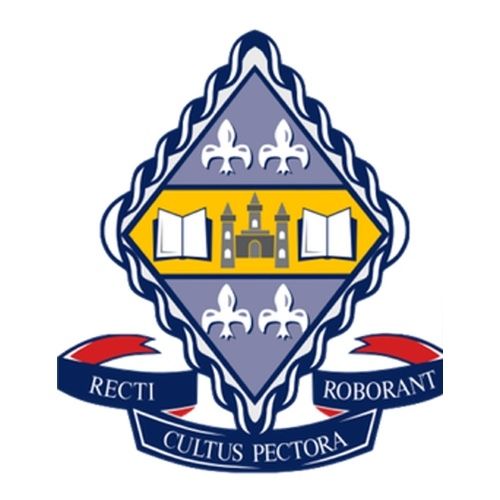Whānau Pānui
Science Wānanga
“E hara taku toa i te toa taki tahi engari taku toa i te toa takitini
My achievement is not solely what I have done but is the result of what we have done together”
Science Wānanga is a three-day, hands-on experience for Māori secondary students in Aotearoa/New Zealand. Staying on marae with university students, scientists and kaumatua, students get to hang out and do real science in their local communities. The strengths of the programme are the supportive partnerships between iwi, schools and the University of Otago, Division of Sciences and Division of Health Sciences.
Wānanga encourage us all to explore the connections and actions between science, matauranga Māori and our lives, especially the links between human health & environmental health. If you’re a Māori student who’s passionate about the world around you, we’ll help you get to where you want to be.
- Hiria Palmer, Kaiwhakahaere Wānanga, University of Otago Science
Ko Taranaki te maunga
Ko Waitōtara te awa
Ko Aotea te waka
Ko Ngā Rauru te iwi
Ko Rauru Kītahi te tupuna
‘Ko Rauru kī tahi, e kore te kupu e whati’
Ko Manaia Mihaka-George tōku ingoa
Kia ora tātou katoa!
A group of Year 9 and 10 Māori students went with Whaea Joe and Ms Dunn to a three-day learning science project at Otākou Marae. Six secondary schools from Dunedin got invited. All the junior Māori students from Otago Girls’ got asked to go by Whaea Joe and the science teachers. I was excited that myself and KJ were going together because we thought it would be fun.
I liked the sea lions project best because it was at Allan’s Beach and it was a nice sunny day. There were two sea lions and one fur seal on the beach when we visited. Steve Broni taught us how to track them and how they live. Our group investigated a fake sealion poo made of playdough back at the marae to find out what they ate. We found part of a squid beak, and the pair beside us found a fish vertebrae. Sealions are a taonga species and scientists are finding out how to bring them back. Steve showed us the whakapapa of Mum, the first sealion in maybe 300 years to breed on the mainland. You can find out more about these amazing animals here and there’s a really cute video with the pups: http://www.doc.govt.nz/sealion
We worked in the whare karakia with the kōiwi for Bioarchaeology. It felt a bit weird and uncomfortable for me, because I knew that these weren’t just old bones, but were once living Māori people. In the mock excavation we worked on there was a human femur from an old man and a baby, and a sea lion femur. We looked at the bones to find out about diseases, diet and health. The bones tell the story of what happened in the people’s and animals' life.
We also did some workshops in the wharekai on physics about light and one out on the hill on ecology and taxonomy. We got a lightbox to take home and make into a spectroscope. You can find out about it here http://www.illuminating.nz/
At the end of the wānanga we all did a skit as part of the mihi whakamutunga. It showed what we had learned together and it was to say thank you to everybody for helping us.
It was nice staying at the marae because I met some new people from other schools, the University and Otago Museum - and the food was great!
I recommend this wānanga to other junior students because it was a good learning experience and really fun.
By Manaia Mihaka-George with some help from Whaea Joe
